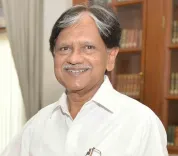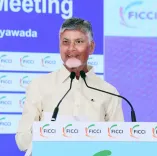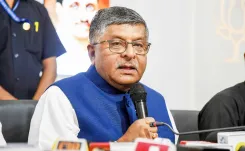Is the International Potato Centre's South Asia Regional Centre Coming to Agra?

Synopsis
Key Takeaways
- International Potato Centre established in Agra.
- Focus on enhancing food security and farmers' income.
- Potential for significant job creation in the potato sector.
- Research on new potato varieties and uses ongoing.
- India aims to become the world's top potato producer by 2050.
New Delhi, June 25 (NationPress) The Union Cabinet, led by Prime Minister Narendra Modi, has recently given the green light to a proposal from the Department of Agriculture and Farmers Welfare for the establishment of the International Potato Centre (CIP)’s South Asia Regional Centre (CSARC) in Agra, Uttar Pradesh.
The primary aim of this initiative is to enhance food and nutrition security, boost farmers' income, and create job opportunities by enhancing the productivity of potatoes and sweet potatoes, along with improving post-harvest management and value addition.
The potato sector in India holds immense potential for generating significant employment across various segments, including production, processing, packaging, transportation, and marketing.
To tap into this vast potential, the International Potato Centre’s South Asia Regional Centre is set to be established in Singna, Agra, as announced in an official statement.
CSARC aims to develop high-yielding, nutrient-rich, and climate-resilient varieties of potatoes and sweet potatoes, significantly advancing sustainable development not only in India but throughout the South Asia region through cutting-edge science and innovation.
Additionally, ongoing research is being conducted in the country to discover new applications for potatoes, with IIT BHU working on a method for producing bio-ethanol from potato peels, potentially reducing India’s dependence on crude oil imports. New potato varieties, such as Kufri Neelkanth, known for their high antioxidant content, are also being developed.
According to scientists from the International Potato Center (CIP), India is expected to emerge as the world’s leading potato producer by 2050, potentially exceeding China with an annual production of 100 million tonnes. Amul is currently preparing potato seeds in Prayagraj for export to Germany, and Uttar Pradesh has recently made its first potato export to Guyana.
However, the potato industry is grappling with challenges regarding storage, transportation, and pest and disease management as trade in potatoes grows globally.
Efforts are also focused on enhancing potato storage solutions to minimize losses and ensure consistent quality.







